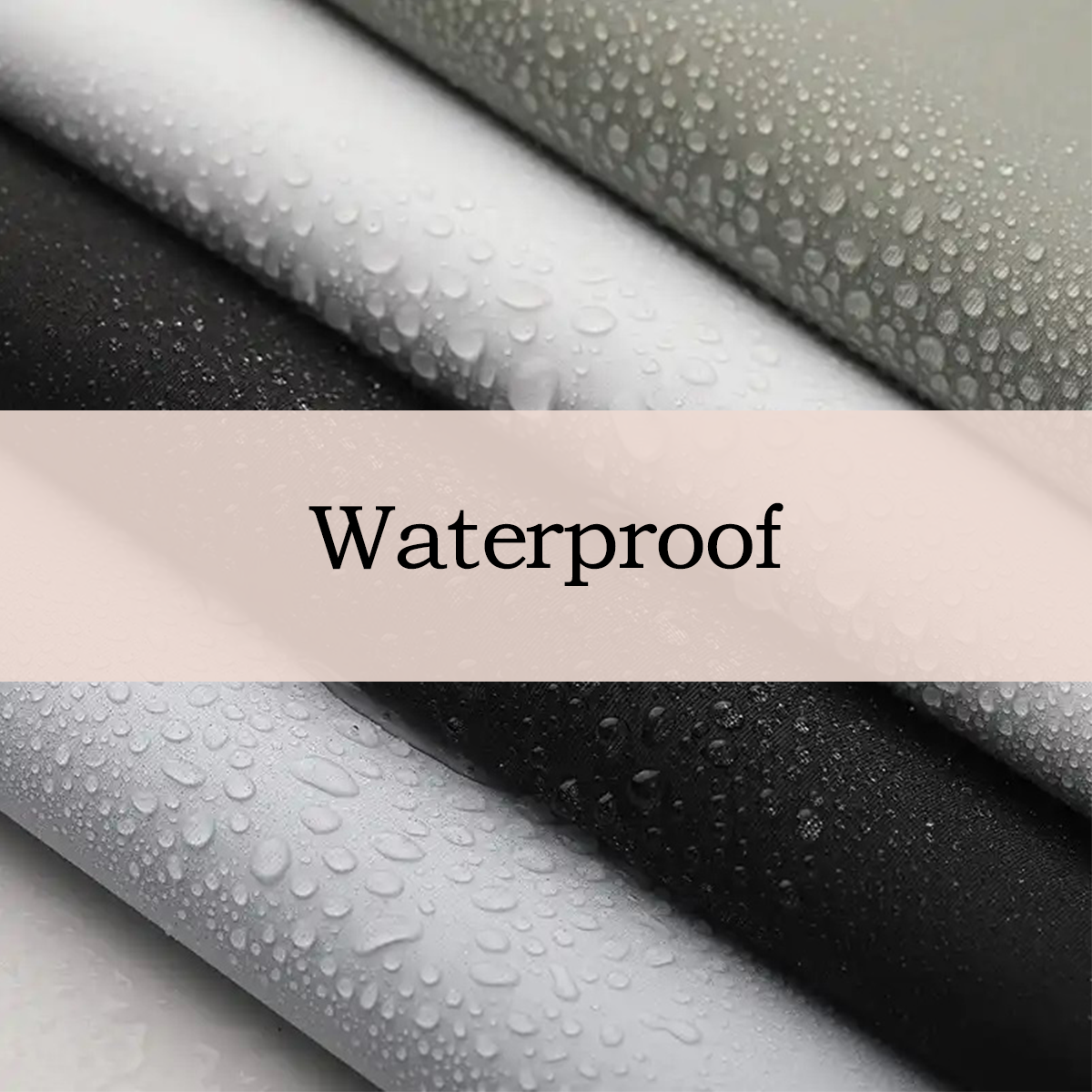Waterproof Fabric Technology Introduction
Waterproof Fabric Technology Introduction
Model NO: Waterproof fabric
Process Overview:
Waterproof fabric technology involves treating or laminating textiles with special membranes, coatings, or chemical finishes that prevent water penetration while maintaining breathability and flexibility. Common methods include polyurethane (PU) coating, polyvinyl chloride (PVC) lamination, and advanced membrane lamination technologies. This process ensures that fabrics repel water, protect against moisture, and retain performance in wet conditions.
Advantages and Limitations:
Waterproof fabrics offer reliable water resistance, improved durability, and enhanced protection in outdoor or harsh environments. They are suitable for functional apparel and equipment. Limitations include potential reduction in breathability depending on the treatment, added weight or stiffness, and higher production costs. Waterproofing is most effective on synthetic fabrics like polyester, nylon, or blends designed for coating or lamination.
Ideal Applications:
-
Polyester / Nylon: raincoats, jackets, outdoor pants, backpacks, tents
-
Blended fabrics: umbrellas, table covers, protective gear
-
Specialty fabrics: footwear, sports equipment covers, technical apparel
Working With Facto Textile
We promise you:
- A wide variety of high- quality fabrics
- Full range of customized services
- Professional production technology
- Sincere Cooperation
Contact Us To Start Your Fabric Project
Please send us your message, we will reply within 20 hours.

